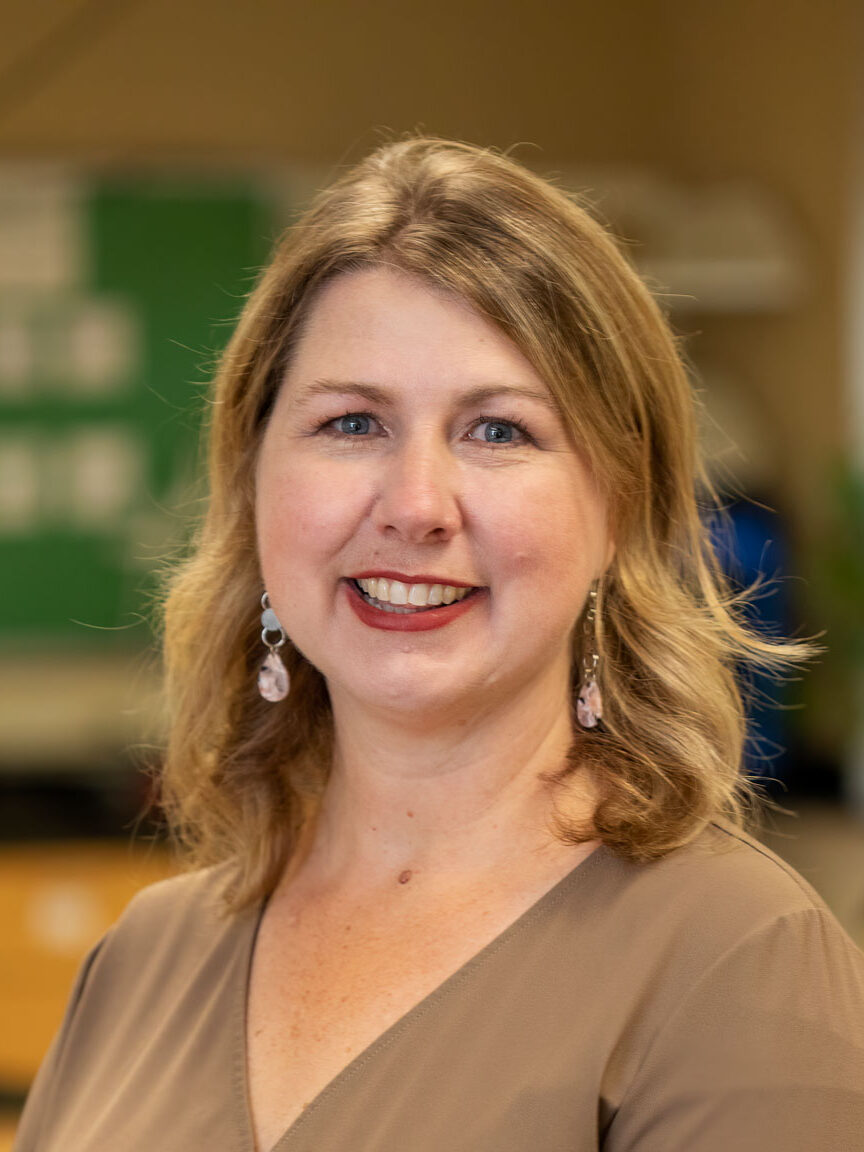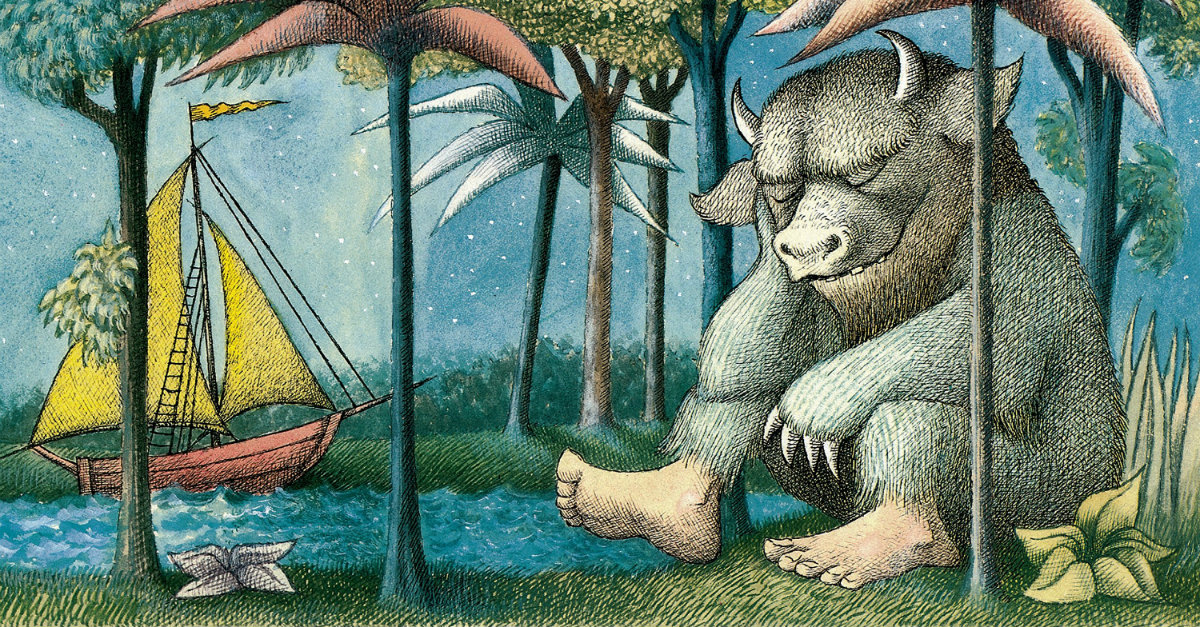Humans are born curious and inquisitive. We’re also born into a world that is chaotic, unpredictable, and wild. Yet for some reason, once children enter school, they are assimilated into a false structure that values standardized thinking, assembly-line curriculum, and anything but wild behavior.
Challenging the values and structure of our education system is a daunting undertaking, but within your classroom walls, you have a choice. Do you want to process students through the assembly line, adding in the appropriate dose of reading, writing, math, and social studies? Or do you want to fuel your students’ curiosity and churn out little humans who thirst for knowledge and seek to improve the world around them?
Ready to Roar
Most teachers want to choose the latter, but all their experience and training is in the former. So, they inevitably fall back on what is comfortable, safe, and predictable. But creating an authentic learning environment needn’t be complicated. You don’t need a dissertation or a new degree; you just need to tap into the human spirit and not be afraid of a little unpredictability.
Here’s one easy approach. We usually think first about what we must teach and then we challenge ourselves to find a way to make it fun. I propose you switch it around. You know what students will like, what they will find engaging, amusing, or inspiring. Start there. Create a “lesson play” instead of a “lesson plan” outlining what a terrifically engaged day would look like. Then challenge yourself to find the appropriate learning opportunities within the play.
It’s probably a lot easier than you think. Weave a lesson on angles into a basketball challenge and see if it improves their shots. Create a podcast on something they are passionate about and connect it to citing proper resources and recognizing reliable data. When you start with engagement and connection, you can almost always link it to your intended curriculum more authentically.
Roaming Free
I was once asked what five words would describe my ideal classroom, and my answer was, “where the wild things learn”. When we untether their spirits from a paint-by-numbers curriculum, students won’t feel anchored to their desks. They may roam the classroom, may touch things you don’t want them to, may ask questions that embarrass of dumbfound you. But when they feel safe enough to be themselves, that’s when you know they’re not just ready to be taught, they’re ready to be inspired.
What about you? Are you ready to go where the wild things learn?
*Today’s image comes from Where the Wild Things Are by Maurice Sendak

